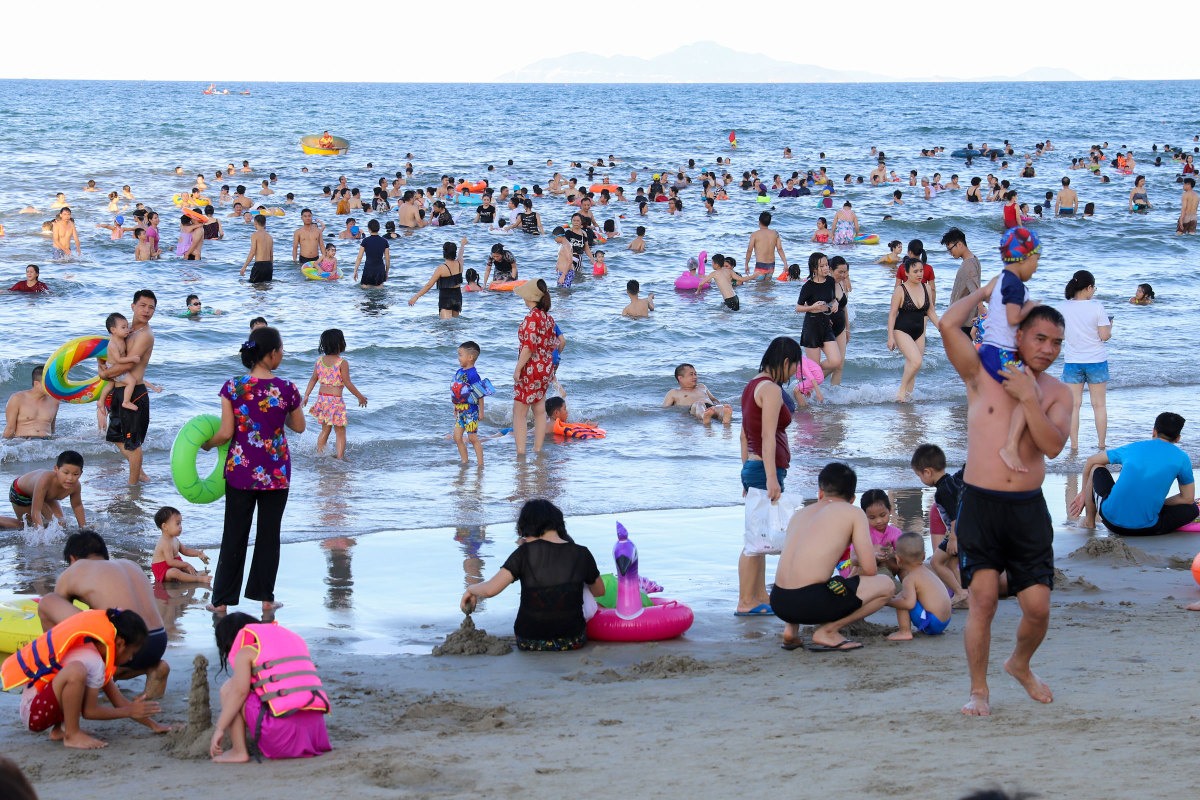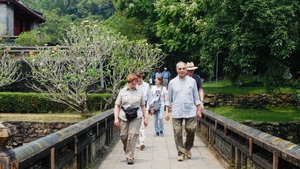
It attributed the result to the city's strengths in transport and tourism service infrastructure, readiness to apply advanced information and technology as well as environmental sustainability.
The rankings, released on January 18 by the National Tourism Advisory Board (TAB) and the Private Economic Development Research Board, measured 15 tourist destinations across Viet Nam based on factors including business environment, infrastructure, sustainable development, natural and cultural resources.
Da Nang gained an overall score of 4.7 points, followed by Quang Ninh, Khanh Hoa, Quang Nam, and Thua Thien-Hue with 4.68, 4.56, 4.55 and 4.52 points, respectively.
Hanoi was ranked sixth and Ho Chi Minh City eighth on the list. The localities that stood at the bottom of the list are Lao Cai, Binh Thuan and Can Tho.
Hanoi ranked first in terms of cultural resources while Lam Dong and Quang Nam got the highest scores in natural resources and price competitiveness, respectively.
Nguyen Xuan Binh, deputy director of Da Nang's Department of Tourism said the ranking will help the local tourism industry continue to improve quality and overcome the shortcomings. In the coming time, Da Nang hopes to resume commercial flights soon, expand tourism space and diversify products to keep tourists stay longer when coming to the central region, he said.
The project on building the VTCI is funded by the European Union Delegation and supported by the Viet Nam Tourism Advisory Board. It aims to promote the tourism competitiveness of each locality, contributing to improving the country's competitiveness in developing tourism economy and future development orientations./. VNA





















